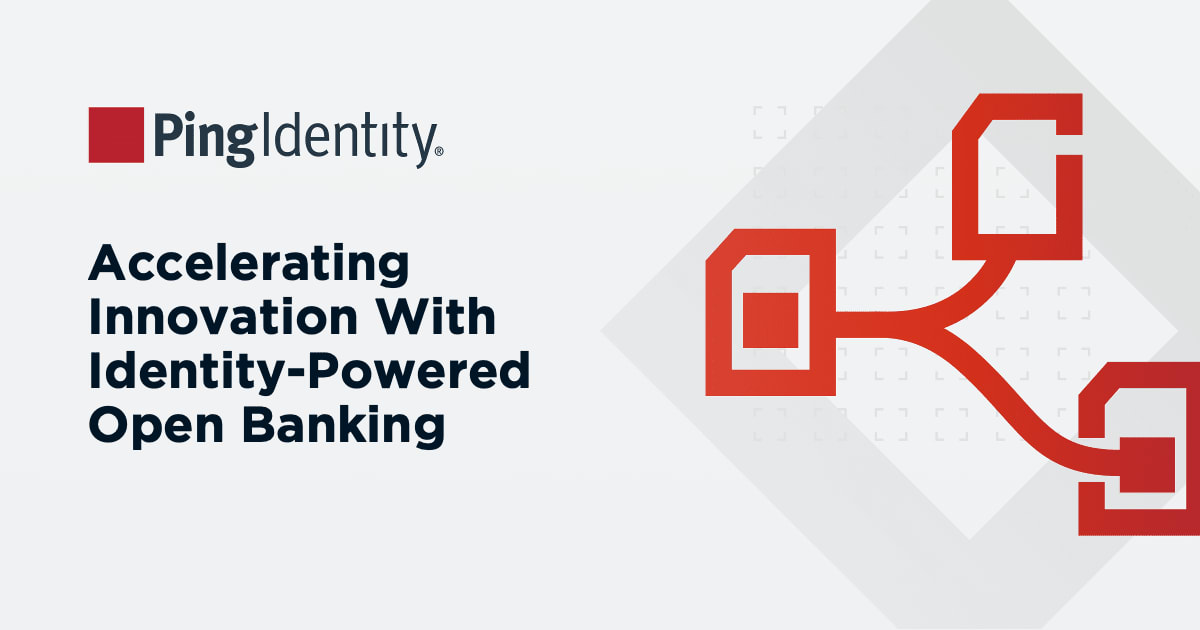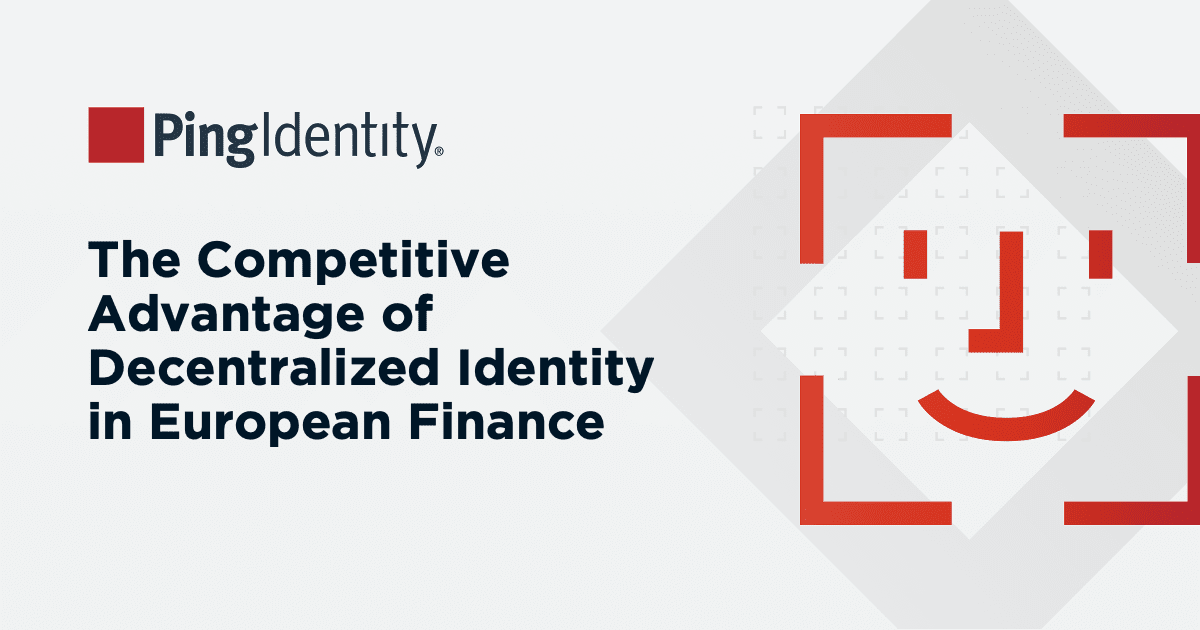A comprehensive IAM roadmap is a great first step in dissolving your company's identity silos. This means identifying silos, understanding where they come from, and taking steps to eliminate them. It involves changing how access permissions are managed across your organization. You might also consider automated solutions that make it easier to protect users and platforms.
Change management
Change management should be a primary phase of your IAM roadmap. It means ensuring proper guidance, implementation, and resolution of projects that ensure all access permissions are centralized and appropriately transparent.
Change management also ensures that the right digital assets are protected while others are cleaned up and purged. Protecting digital assets is a difficult undertaking, especially for established organizations with large data libraries. Indeed, the process of dissolving identity siloes and preserving the right information is not dissimilar to protecting digital data following a business split-up. This is a multi-step process that typically involves:
- Performing a data inventory check
- Developing a plan to transfer data to more secure, compliant programs
- Coordinating with the management team to ensure you share the same security strategies and priorities
- Encrypting or re-encrypting sensitive information
- Monitoring data before, during, and after the transfer process
These steps help companies of all sizes end identity silos and maintain security as leadership responsibilities change hands.
Data-sharing solutions
Data-sharing strategies can also help your organization dissolve identity silos. These solutions streamline the data-sharing process, upholding security while making it easier for employees to access the right programs and information.
Here are some data-sharing solutions that can help:
- Identity federation: This solution links your identities across several disparate systems. It gives multiple employees, even multiple companies, the ability to access programs with a single login credential.
- Single sign-on (SSO): SSO allows employees to log into multiple programs or platforms with a single username and password.
The right solutions promote data-sharing and give the right people access to the right files. They also prevent unauthorized permissions and create centralized management for all identities.
Implementing automated solutions
Automation can go a long way in streamlining the IAM process and preventing silos. It helps improve efficiency across employees while reducing the possibility of error. The same automation solutions can also provide proactive security that monitors for cyberthreats.
Automated identity governance, for example, enables IT admins to see who has access to what, enterprise-wide, and eliminate over-provisioning by automating access approvals and reviews. It also allows them to collect and analyze identity data and identify access blind spots.
In addition, AI-driven threat protection automatically monitors login requests in real time, blocking malicious attempts and adding authentication steps when it detects anomalous behaviors.
And a comprehensive, scalable IAM platform unifies and centralizes identity across the enterprise, including on-prem, multi-cloud, or hybrid. It also covers all users – workforce, customers, and machine identities – to end silos and create a more unified and secure organization.


